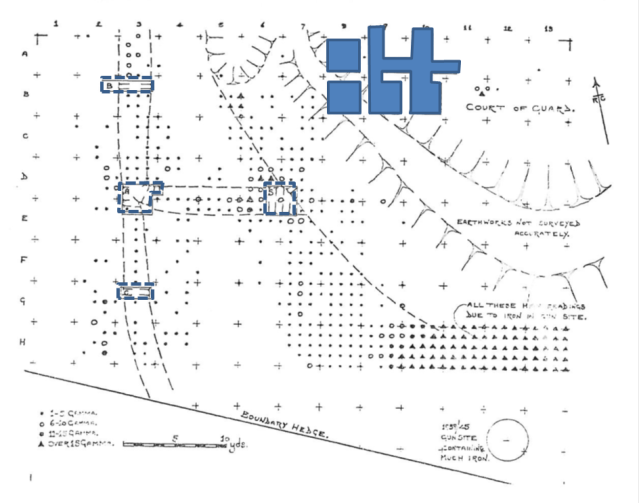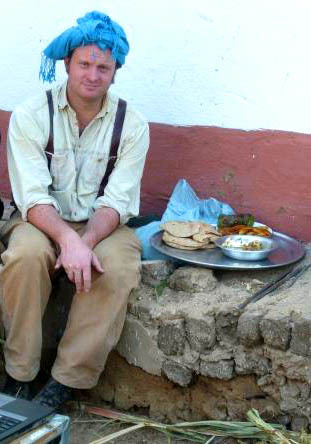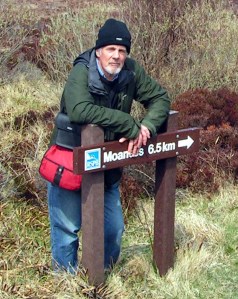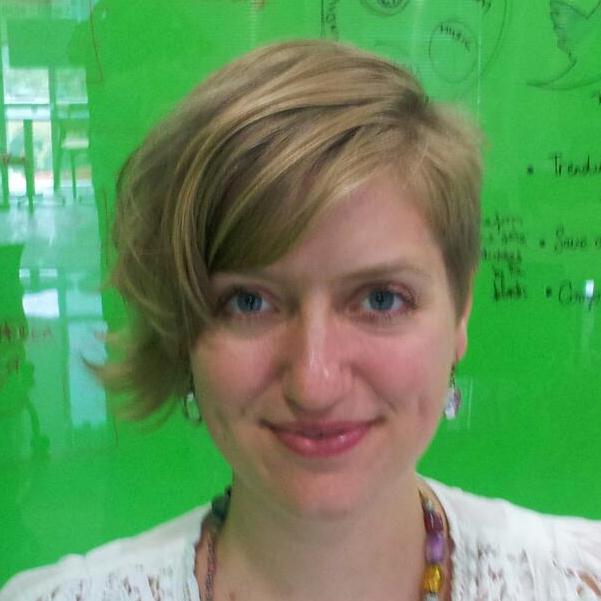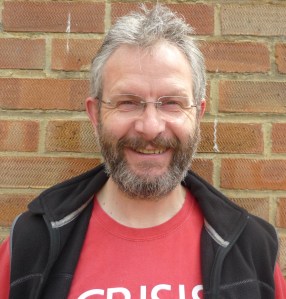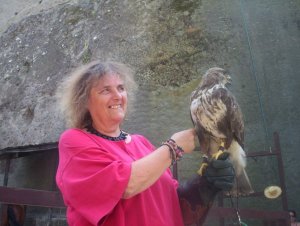
Plotting the trench
This morning some of our team travelled up to Basing House to finalise plans with the staff at the site, and to look again at some of the things we’ll be working on while we’re digging later this month.
First of all though, we couldn’t resist going to look at the recently discovered Tudor fireplace, found by the building contractors whilst they have been working hard to fix brickwork issues on the standing remains.
Continue reading →

